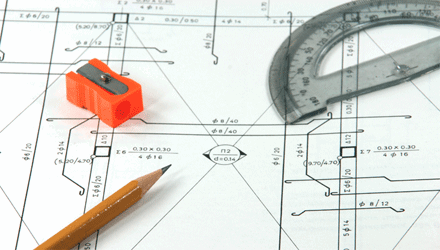
They chat with us about how they started out, fill us in some of their most memorable projects, and offer some advice for those starting a career in the sciences.
How did you get your start in the sciences?
Ada Brunstein (AB): My parents both have engineering degrees so I grew up with a strong sense that science is important, but I didn’t really focus on a science curriculum until grad school when I studied linguistics. While I was working towards a PhD in that field I took a job at BBN Technologies where I worked closely with computer scientists. Years later I went back to school for a science writing degree through which I discovered robotics, neuroscience and other juicy fields.
Katrina Halliday (KH): I took biology as an undergraduate, simply because I enjoyed it. I guess like many life science students, it was David Attenborough’s programs that first made me stop and think about animals and their behavior and how organisms, big and small are evolved to live in their particular habitat. At University, in Edinburgh, I was lucky enough to be taught animal behavior by Aubrey Manning, a superb teacher and story-teller (The new edition of his textbook is due to be published later this month).
Later on I discovered my sad geeky love for labeling small tubes and working in a lab and so focused on studying immunology – how our body recognizes what is ‘self’ and what is ‘foreign’ and how it fights disease.
Who are your heroes in the field?
KH: Attenborough is my superhero, no question.
AB: I admire people who use technology in an assistive capacity. Roboticist Robin Murphy, one of the world’s leaders in rescue robotics, comes to mind.
What is a book you’ll always remember working on?
KH: The Genus Rhipicephalus: A Guide to Brown Ticks of the World was the first book I got ready for production – it is forever imprinted in my brain for having 350 black and white pictures of ticks that needed checking by hand. That and our dinosaurs textbook – a privilege to work with David Fastovsky and the world-renowned dinosaur artist John Sibbick on this book (and with a new edition pubbing later this year!).
Laura Clark (LC): Clive Oppenheimer is a very charismatic author who does a lot of talks, and also hilarious “extreme book-signings” in Antarctica of which he sends us photos! His book is a truly fascinating read and I’ve loved to see the positive response we get to it at conferences. It is always a pleasure to see the work pay off, and to see the authors happy with the final product.
Any advice for young women in the science fields?
AB: Start with what interests you – it could be absolutely anything – and just follow the questions from there.
KH: Work in an area you really enjoy and don’t lose sight of why you went into science to start with. That and eat cake regularly!
Latest Comments
Have your say!